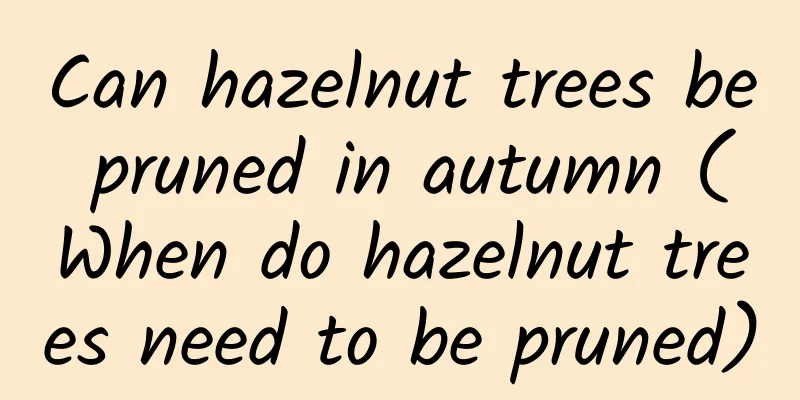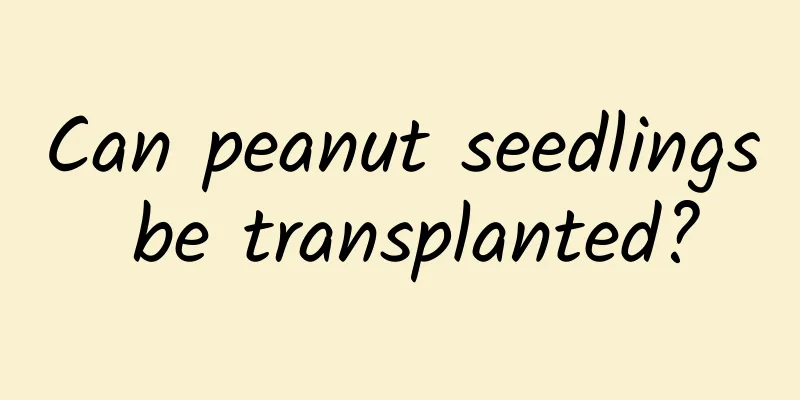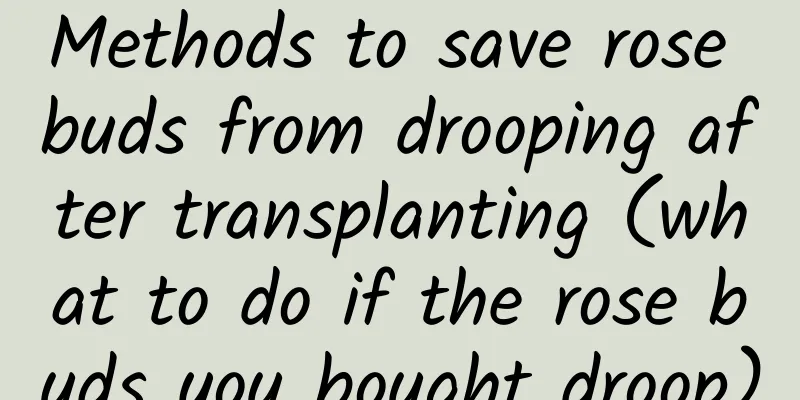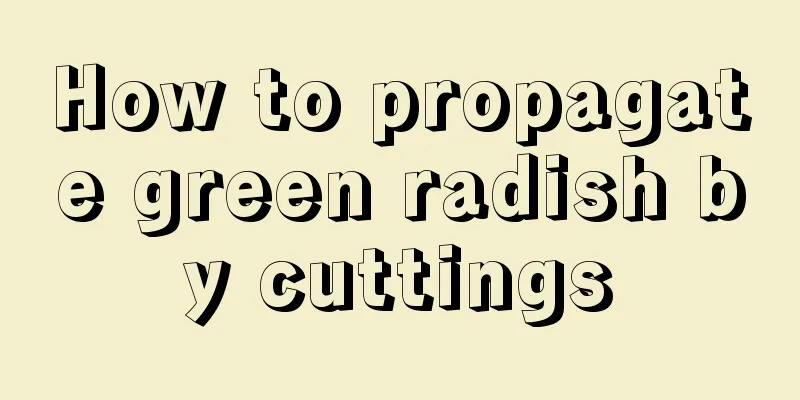What diseases does polyoxin control?
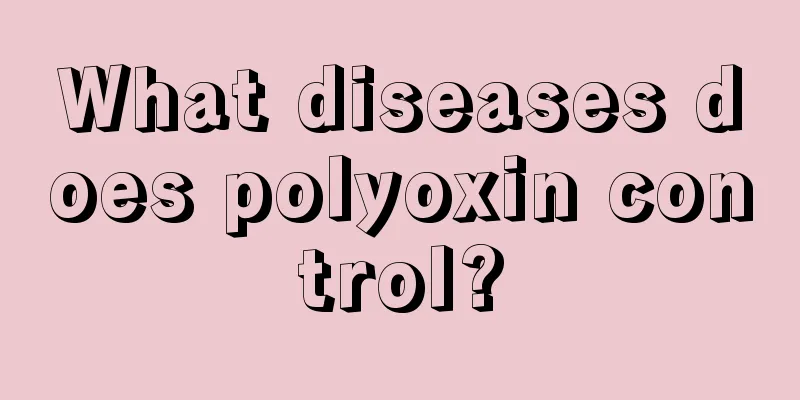
|
Polyoxin is a polyoxypyrimidine nucleoside agricultural antibiotic with trade names such as polyoxin, pleiotrophin, Polyan, Hekang, and Polyoxin. It is understood that polyoxin can prevent and treat more than 20 diseases. What diseases does polyoxin prevent and control? Let’s learn more about it below. What diseases does polyoxin control? Polymyxin B can prevent and control a variety of diseases in fruits and vegetables , such as damping-off, powdery mildew, gray mold, anthracnose, stem blight, wilt, black spot, etc. It also has obvious effects on crop diseases such as rice sheath blight, rice blast, wheat rust, and corn smut. In addition, it can also prevent and control more than ten kinds of crop diseases, including apple leaf spot disease, apple core rot disease, apple ring rot disease, pear black spot disease, strawberry gray mold disease, tobacco red star disease, grape spike brown blight disease, grape gray mold disease, powdery mildew of strawberry, cucumber and melon, downy mildew, ginseng black spot disease and tobacco red star disease. Characteristics of polyoxin 1. Wide compatibility Wide compatibility is also a major feature of polyoxin. It can be used in combination with most insecticides and fungicides , such as: insecticides pyrethroid pesticides , emamectin benzoate, avermectin, etc.; fungicides such as: mancozeb , chlorpyrifos, triazole fungicides, myclobutanil, fenpropimorph, etc. 2. Fast sterilization speed Polyoxin is an antibiotic biological fungicide with a very fast sterilization speed. It does not have the chronic problems common to biological pesticides. Wherever the pesticide is sprayed, the mycelium will immediately wilt and fall off the crop, which farmers often call "hair falling off". Within 1 to 2 days, it will be obvious that the leaves have returned to normal. 3. No environmental pollution Polyoxin is a highly effective, low-toxic, environmentally friendly and safe pesticide with good systemic conduction effects. Therefore, it is widely used in the prevention and control of important diseases of grain crops, special crops, fruits and vegetables. 4. Applicable crops Crops such as wheat, tobacco, cucumbers, melons, ginseng, beets, rice, apples, pears, strawberries, grapes, etc. Precautions for use of polyoxin 1. Polyoxin should not be mixed with alkaline or strong acid pesticides. 2. Polyoxin has strong water absorption. Pay attention to moisture-proof to prevent clumping. This results in unsatisfactory drug efficacy. 3. Although polyoxin is a low-toxic agent, it should still be used in accordance with safety regulations. If it rains within 24 hours after application, it should be sprayed again in time. —Generally, the safe interval for crops is 2 to 3 days, and it can be used up to 3 times per crop season. That’s it |
>>: Is aloe vera juice poisonous? How to tell if aloe vera is poisonous?
Recommend
How to grow Clivia more vigorously?
Clivia is a plant that has both foliage and flowe...
How often should osmanthus be watered in summer? How to water it in summer
Frequency of watering osmanthus in summer Osmanth...
How to grow potted zinnias
1. Lighting It is a sun-loving plant and should b...
Cultivation methods and precautions of white-handled rough-rib grass
1. Soil It is best to use loose, porous and well-...
Does Chinese beauty bougainvillea bloom frequently?
Chinese Beauty Bougainvillea is one of the more c...
What are the cultivation methods and precautions of Zhulan?
Pearl orchid cultivation method Zhulan, also know...
Ginger growth environment conditions and characteristics
Ginger growth environment conditions and requirem...
Method for making corn straw silage (technical points of corn silage)
Green fodder is rich in nutrition, good in palata...
Tips for making Jade Leaf Bonsai
Preparation method Plant selection If you want to...
Analysis of cost input and profit of rapeseed planting
Rapeseed is the main cash crop in my country'...
Remember these 5 points, and your camellia will grow buds like crazy and bloom as big as a bowl!
If you grow it like this in winter, the buds will...
How to water Lithops
1. Master the correct watering method For Lithops...
What is the best month to plant greenhouse tomatoes?
When to plant greenhouse tomatoes Greenhouse toma...
When is the best time to plant snake bean seeds?
Snake bean seed planting time Snake bean is an an...
How to grow orchids to make them bloom easily
1. Suitable temperature Temperature is one of the...


